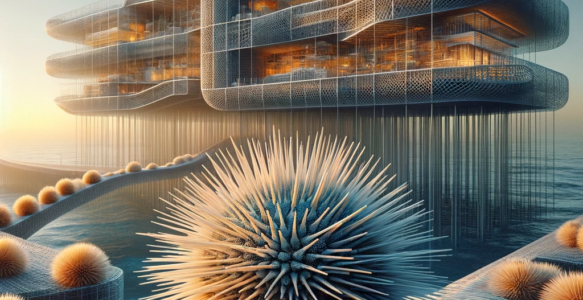
Harnessing Nature’s Power: The Revolutionary Bio-Inspired PV Leaf for a Sustainable Future
In the relentless pursuit of sustainable solutions, a groundbreaking innovation emerges from the pages of Nature Communications, introducing the world to a bio-inspired marvel: the high-efficiency, hybrid, multi-generation photovoltaic (PV) leaf. This pioneering research, conducted by Gan Huang, Jingyuan Xu, and Christos N. Markides, promises to redefine our approach to solar energy, water scarcity, and thermal management.
The Challenge with Current Solar Technologies
Solar panels, the champions of renewable energy, face a paradox. While they harness the sun’s power, a significant portion of solar energy (over 70%) is lost as heat, compromising their efficiency. Traditional solar panels convert only a fraction of the sunlight they receive, with efficiency rates lingering below 25%. This excess heat not only reduces electrical output but also accelerates the aging of the panels, posing a significant challenge to maximizing solar energy utilization.
The PV Leaf: A Leap Towards Efficiency
Drawing inspiration from the natural cooling mechanism of leaves through transpiration, the PV Leaf introduces a novel concept in solar energy capture. This bio-inspired approach employs a transpiration structure made from eco-friendly, low-cost materials to effectively manage thermal conditions, boosting the electrical efficiency of solar panels by a remarkable 13.6%.
But the innovation doesn’t stop there. The PV Leaf transcends traditional solar panels by co-generating thermal energy and fresh water. It converts the otherwise wasted heat into useful energy and harnesses the power of evaporation to produce clean water, achieving an overall solar utilization efficiency of over 74.5%. This multifaceted functionality not only elevates the PV Leaf’s energy production but also addresses the critical global challenge of water scarcity.
Nature-Inspired Design and Materials
The genius of the PV Leaf lies in its simplicity and sustainability. Mimicking the internal structure of a leaf, it utilizes bamboo fibers and hydrogel cells to create a transpiration layer. This biomimetic design passively cools the solar cells, significantly reducing their operating temperature without the need for external energy inputs.
Implications for Sustainable Development
The PV Leaf represents a paradigm shift in renewable energy technology. Its ability to use saline water for cooling expands its applicability to arid regions, transforming deserts into oases of energy and water production. This innovation paves the way for sustainable architectural and engineering solutions, offering a blueprint for integrating biomimicry into the built environment.
The Future is Green
The PV Leaf is not just a technological breakthrough; it’s a vision for a sustainable future. It exemplifies how biomimicry can solve complex environmental challenges, marrying the efficiency of natural processes with human ingenuity. As we march towards a net-zero world, the PV Leaf stands as a testament to the potential of bio-inspired solutions in architecture, construction, and engineering, setting a new course for the future of sustainable development.

